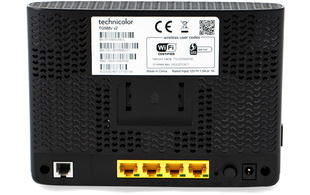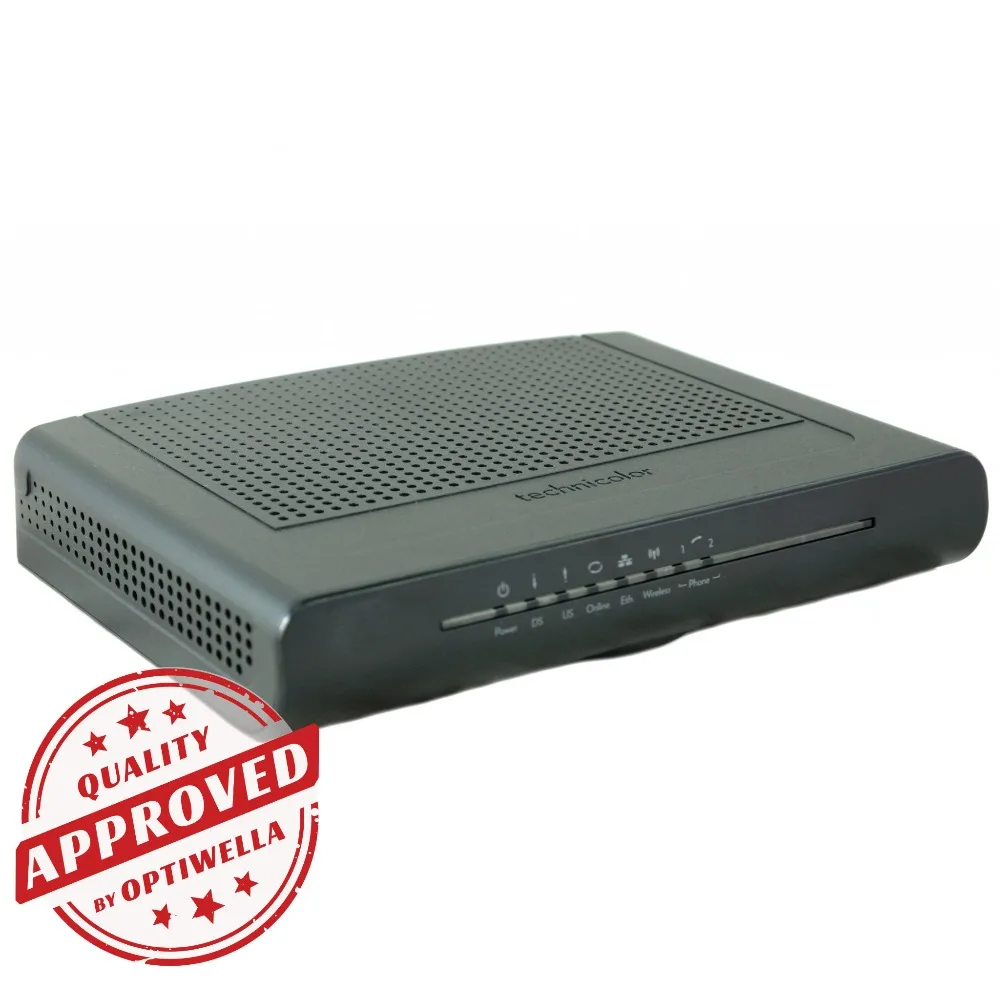
- #Technicolor router address how to#
- #Technicolor router address update#
- #Technicolor router address software#
- #Technicolor router address password#
- #Technicolor router address free#
Assigning a permanent address to the remote computer prevents you from the hassle of frequently updating your applications. In such cases it would be extremely annoying to have to change the IP address in the application every time the IP address of the remote computer was changed in the DHCP table. You have an application the expressly relies on IP addresses. Some applications will only allow you to supple an IP address to refer to other computers on the network. Because we frequently tinker with those units and access them by their IP addresses, it made sense to permanently assign addresses to them that would be logical and easy to remember: If you have devices on your network that you regularly access using command line tools or other IP-oriented applications, it can be really useful to assignment permanent addresses to those devices in a scheme that is friendly to the human memory.įor example, if left to its own devices our router would assign any available address to our three Raspberry Pi XBMC units. For network assignments like giving an address to your friend’s iPad or your laptop, you probably don’t care where in the available address block the IP comes from because you don’t really need to know (or care). You want to impose a human-friendly numbering scheme onto your network devices.
#Technicolor router address free#
Direct IP-based resolution remains the most stable and error free method of communicating on a network.
#Technicolor router address software#
For example, when setting up media syncing on XBMC it’s necessary to use the IP address of your media source instead of the SMB name.Īny time you rely on a computer or a piece of software to accurately and immediately locate another computer on your network (as is the case with our XBMC example – the client devices need to find the media server hosting the material) with the least chance of error, assigning a static IP address is the way to go.

Although networking protocols have advanced over the years, and the majority of the time using a more abstract protocol like SMB (Server Message Block) to visit computers and shared folders on your network using the familiar //officecomputer/shared_music/ style address works just fine, for some applications it falls apart. You need reliable name resolution on your network for computers that need to be consistently and accurately found. Let’s look at a few situations where you would want to assign a static IP address in order to illustrate the benefits of doing so.

When To Use Static IP AddressesĪlthough DHCP is really great and makes our lives easier, there are situations where using a manually assigned static IP address is quite handy. For most applications, like adding mobile devices to your network, general computer use, video game consoles, etc., this is a more than satisfactory arrangement and we should all be happy to have DHCP and not be burdened with the hassle of manually managing our IP assignment tables. Your friend’s iPad is given an address, connected to the network, and then when your friend leaves and is no longer using the network that address will return to the pool for available addresses ready to be assigned to another device.Īll that happens behind the scenes and, assuming there isn’t a critical error in the router’s software, you’ll never even need to pay attention to the DHCP process as it will be completely invisible to you. As soon as the iPad connected to the router, the router’s DHCP server checks the available list of IP addresses, and assigns an address with an expiration date built in.
#Technicolor router address password#
Your friend visits, they want to jump on your network, so you give them the Wi-Fi password to login and you’re done. With DHCP, however, life is so much easier. That address would be permanently assigned to your friend’s iPad unless you went in later and manually released the address. Without DHCP, you would need to hop on a computer, log into your router’s admin panel, and manually assign an available address to your friend’s device, say 10.0.0.99.
#Technicolor router address update#
They want to get on your network and update some apps on the iPad. Imagine that a friend visits with their iPad.
#Technicolor router address how to#
RELATED: How to Set Up Static DHCP So Your Computer's IP Address Doesn't Change

Let’s use an example to illustrate just how wonderful DHCP is and how easy it makes all of our lives. DHCP is a protocol that automatically assigns a new device an IP address from the pool of available IP addresses without any interaction from the user or a system administrator. The vasty majority of modern computer networks, including the little network in your home controlled by your router, use DHCP (Dynamic Host Configuration Protocol). To help you understand the application of static IP addresses, let’s start with the setup you (and most readers for that matter) have.


 0 kommentar(er)
0 kommentar(er)
